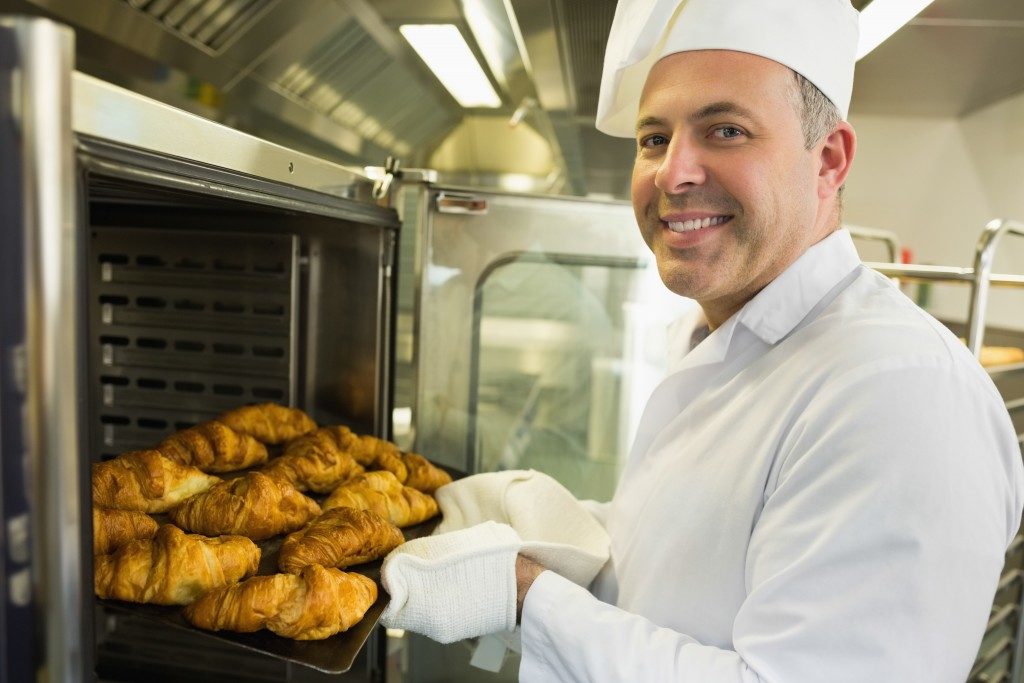As a manufacturer of a food product, your factory’s cleanliness and your compliance with hygiene standards are extremely critical. The quality of your products also depends on the conditions they’re manufactured under, so settling for substandard environments, equipment, and procedures could easily lead to your business’s downfall, not to mention the possible effects to the health of your employees and products’ consumers.
Food safety challenges aren’t new to retail bakeries. Wet ingredients such as cheese, creams, custard, and milk, are highly perishable and will degrade fast if stored in the wrong conditions. Furthermore, several baked goods have also been implicated in various health crises including the spread of salmonella. That said, if you’re in this industry, you must take the necessary measures to keep hygiene in check and ensure the quality of your products.
Working to High Standards
The maintenance engineers at Bolletje, a Dutch family bakery that launched back in 1867, pride themselves in working to high standards in their factory. In addition to complying with food safety standards and regulations, they also educate their employees and re-train them regularly. Furthermore, the materials they use also perform in accordance with the necessary regulations and guidelines.
Manufacturing equipment should also be of high quality. Efficient and high-grade commercial baking equipment must be used, and they should have features that reduce the need for time-consuming cleaning processes. The equipment manufacturers should also ensure that their machinery is protected against external contaminants that may affect food safety and quality.
Food suppliers or bakery owners should also work together with their suppliers. By doing so, they may develop new strategies and technologies to further improve and streamline hygienic processes. Bakery owners should also consider the amount of equipment downtime for cleaning; it should be limited as much as possible to achieve a perfect ratio between sanitation and efficiency.
Cleaning Open Equipment
 Open equipment refers to the machinery in which the food being processed aren’t fully enclosed by a continuous wall. There are three methods to clean open equipment, namely cleaning out of place, manual cleaning, and immersion cleaning.
Open equipment refers to the machinery in which the food being processed aren’t fully enclosed by a continuous wall. There are three methods to clean open equipment, namely cleaning out of place, manual cleaning, and immersion cleaning.
Before cleaning open equipment, they must be dismantled manually first. The dismantled parts should be cleaned out of place, which means taking them to a designated cleaning station. They can be washed through foam cleaning and rinsing with medium-pressure systems. Afterwards, they should be inspected and validated, and only then can they be reassembled.
Cleaning Closed Equipment
Closed equipment is a machine with components that are fit closely together without openings that allow contact with external agents such as human hands, debris, etc. Dismantling is required if you need to access the interiors of the equipment.
Closed equipment is usually used in processing, handling, and conveying liquid and semi-solid products such as dough. Unlike open equipment, closed equipment must be cleaned in place, and a general procedure should be followed, which involves pre-washing, alkaline cleaning, acid cleaning, and disinfection.
Apart from implementing all these measures, bakery owners should notify their equipment manufacturers if they faced any issues regarding cleaning processes and food safety. This allows manufacturers to conduct the necessary repairs or upgrades to improve the performance and efficiency of the equipment. Some bakeries may also customize their equipment to meet hygienic standards. In doing so, they should provide specifications to their equipment manufacturer regarding the new design they prefer.
By diligently ensuring the implementation of these measures, your baked goods will always be certified safe and manufactured under the ideal conditions. Your business will be reputable and you will attain success.







